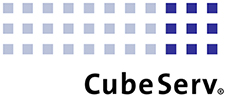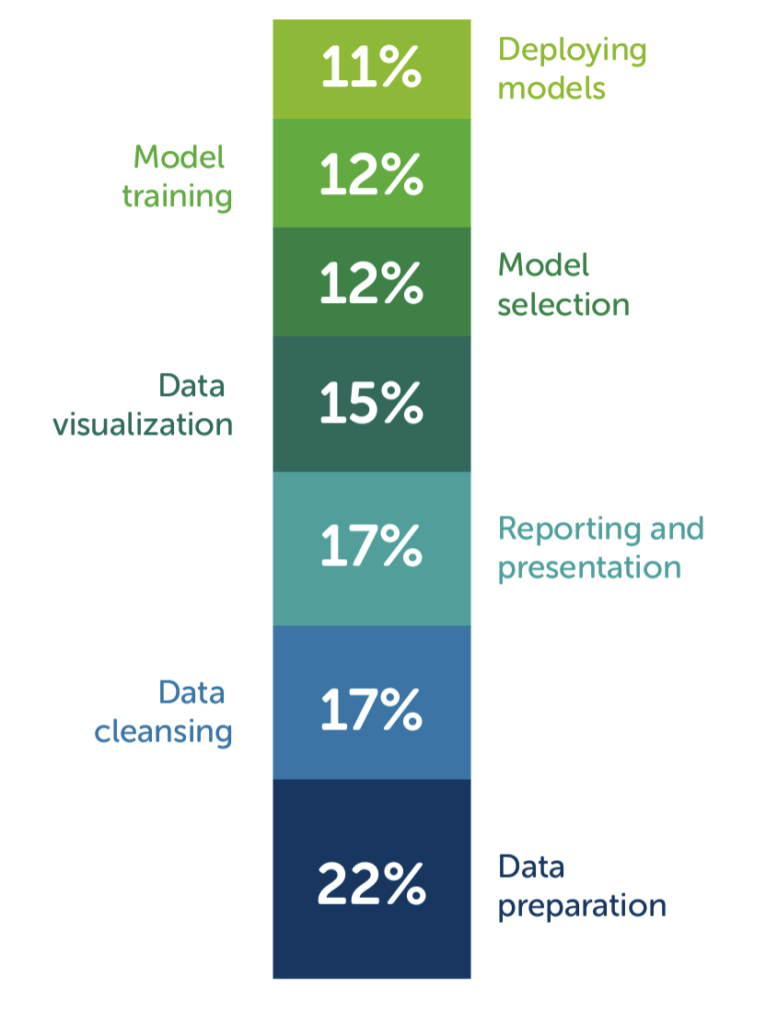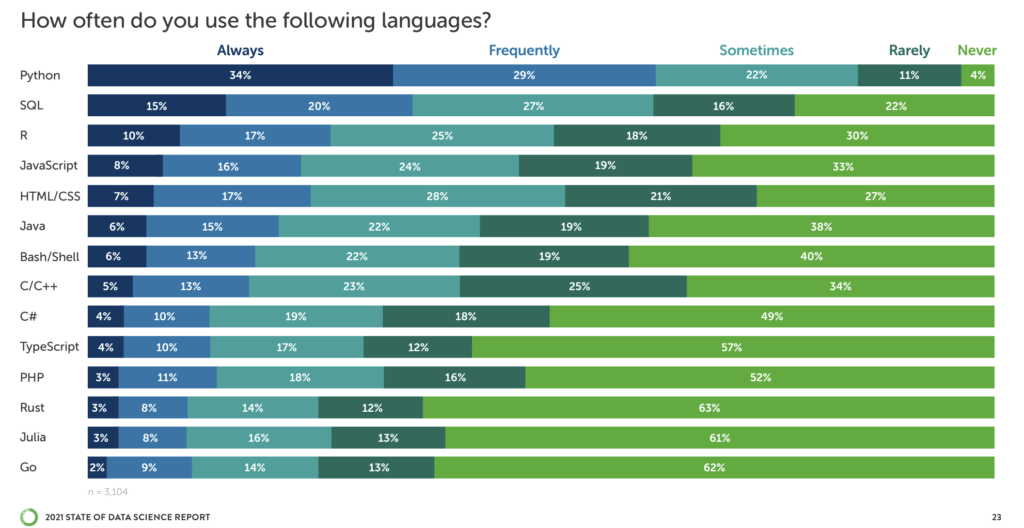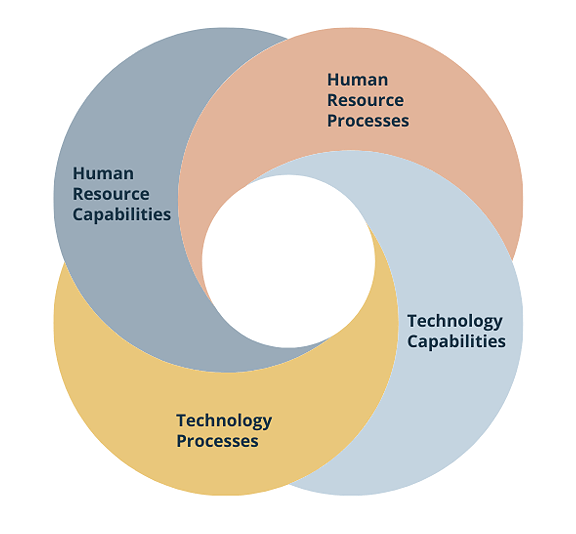Data Culture in Today’s Data-Driven World
With the right data culture, you will recognize the best courses of action in your everyday professional life. In doing so, you establish an excellent decision-making process that guides you to the best results, even in stressful situations.
The world continues to develop at a rapid pace. In the business environment, quick decisions are required. These decisions must not only be correct, but backed up with facts. Companies invest in data. It is important to pick up all users – from the casual user to the data scientist – and to show how the various expectations flow into a coherent concept.
An appropriate data culture takes the following requirements into account in particular:
- the (required) data is available in best quality,
- the personal data of customers, suppliers and employees is protected,
- the company’s sensitive data is protected,
- data processing is carried out with high efficiency.
Why is data culture important?
Data-driven decisions seem simple and straightforward. In conversations with my colleagues, we often talk about the challenge of using an appropriate data-driven culture. Such a culture manages to leverage the power of data efficiently. You, too, should keep track of the best data science practices on the market and implement the impetus in your own company to further develop the data-driven organization. To assess your own ambitions and leverage momentum for further development, I like to work with the DELTA framework. The Delta Framework, developed by Tom Davenport, takes 5 dimensions into focus: data, the company (Enterprise), the leadership (Leadership), the (set) goals (Targets) and the analysts.What is Data Culture?
Data Culture is the set of behaviors and beliefs of people who value, practice, and promote the use of data to improve decision making. Data Culture is the way these people use data for data-driven decision making. It ensures that every employee understands the importance of data-related practices. Let me ask you: how much time do you have to spend before you present the right data? First, you need to locate it in the enterprise, understand the data model and business rules, and build trust in the data set. Then you can validate your thesis or discover and present new relationships. In a company, if I find that data is embedded in an organization’s operations, mindset and identity, the Data Culture is well developed. A mature Data Culture equips everyone in your organization with the insights they need to be data-driven and tackle the most complex business challenges.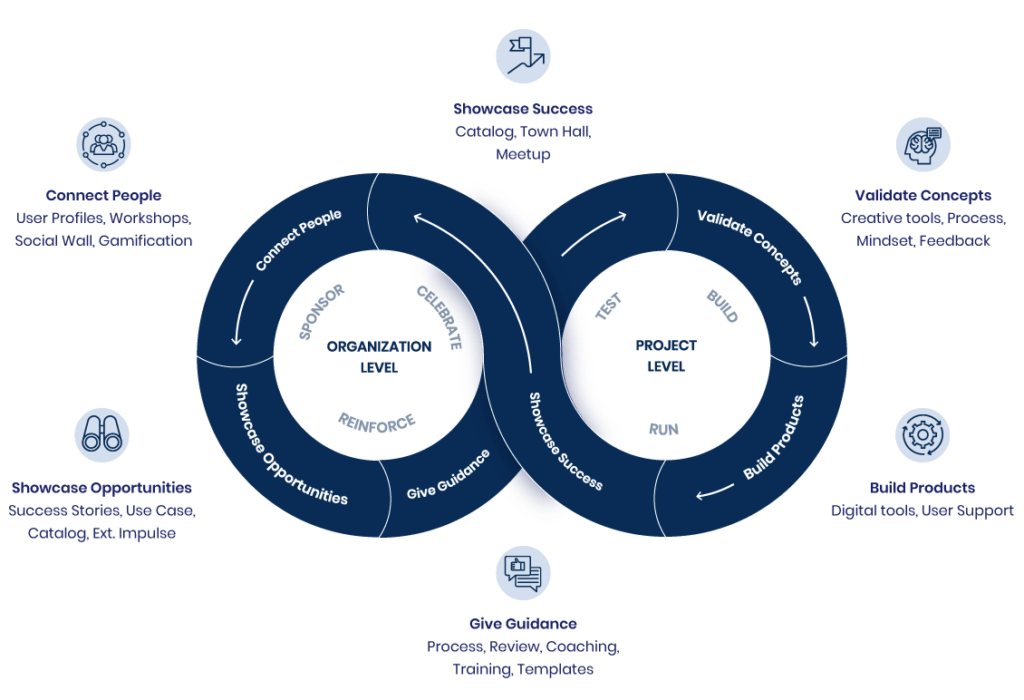
What are the challenges for users?
Data preparation:
Anaconda, the operator of a widely used data science platform, conducts a user survey every year (State of Data Science). Interesting for me is the survey about the working time distribution :
Data Scientists spend their day on various tasks that require different technical and non-technical skills. When asked how much time they spend on these tasks, respondents indicated that they spend about 39% of their time on data preparation and data cleaning, which is more than the time they spend on model training, model selection, and model deployment combined.
Data preparation and data cleaning are time-consuming and potentially tedious, but automation is not the solution. Instead, a human takes care of the quality of the data, more accurate results, and the context of the data.
In my opinion, an adequate response is to treat data as a product. This is an integral part of the data mesh concept. I will devote a separate article to this concept. The SAP Data Warehouse Cloud makes it very easy to implement this concept.
Various tools and programming languages are used.
The clear preference for Python is partly due to the survey setup: Anaconda relies predominantly on Python. The diversity in the responses is consistent with my experience. If we allow some diversity, especially in the sandbox environments, we will reach more users. Each of them brings different experience and knowledge.
The use of platforms is similarly diverse as the use of programming languages. It is helpful for creativity if we are open here in the sandbox. Tighter standards should be set and implemented during the handover to operations.
Three approaches to further developing the data culture
A good and appropriate data culture develops broadly within the company: It is instigated from the top of an organization and reaches everyone who comes into contact with data.Connect those who might ask the question with those who know the answer.
Foster a productive dialogue between those who are familiar with data and those who are learning the data language. By doing so, you bring together those who might ask the right questions and those who know the answers. The balance of analytical skills, training, accessibility, and management has a positive impact on the business. Ultimately, the fact-based decision-making process can be boiled down to three key factors known as the pillars of Data Culture: 1) Data Discovery: employees know and use the data that forms the basis for decisions. They generate relevant data insights and share those insights with business users. 2) Data Literacy: This factor represents the ability and capability of users to accurately interpret and analyze data. 3) Data Governance: This factor refers to the proper management of data, ensuring the right access to data for the right people at the right time.The importance of data culture
The presence of a healthy Data Culture is a necessary condition for the success of an organization. It plays an undeniably important role in a company’s development. Companies with a strong analytics culture make informed decisions in a direct way. A study by Forrester shows that companies that derive insights from data in their decision-making are three times more likely to achieve double-digit growth (Source). Data Culture may not just be about collecting as much data as possible. The process: from data to insights to better decisions is what differentiates successful companies from the rest. This can be well summarized by the buzzword “The Insights-Driven Business”.Change of the role of the data evangelist over time
I learned about and appreciated my first data warehouse thirty years ago. As a controller, I analyzed various aspects of hospital costs. Access to the data was strictly regulated. Ten controllers used this warehouse out of 7000 employees. After working with the data warehouse for a year, I had become an expert on hospital structures. We were proud of our modern structures at that time. Nobody wanted to give all users access to the data; understanding the data was the job of the experts. Producing a report once a month with all the figures, often on paper, was sufficient. As data structures expanded, it became increasingly useful to load the data daily. CubeServ and others established fixed architectural patterns. The paradigm of “load a source once and use it in different places (in the Data Warehouse)” prevailed with these measures.Finally, we are tackling more tasks
Not only looking into the past, but using data to estimate the impact of decisions remained an ambitious vision in many companies. This only found its way into strategy papers, but the necessary implementation steps failed to materialize. This has changed in many organizations: Data lake or data warehouse structures are provided to users in high quality in an automated way. Users can combine, enrich and evaluate these to gain new insights. Enough challenges remain for the experts:- to develop and expand efficient, automated processes,
- to meet the (potential) users and accompany them on the journey, devise and critically reflect on Appropriate Data Governance,
- facilitating users to understand and interpret the data
- and to jointly open up new use cases for companies.
It has become apparent that the obstacles on the way to becoming a data-driven company are primarily not technical, but cultural.
Integrating data into the decision-making process is frankly quite easy. Making this the norm for all users is the real challenge. Changing the way of working and thinking requires a lot of impetus and the example set by top management.
Conclusion
The bottom line of everything we’ve looked at in this post is that participation by all stakeholders is one of the keys to data-driven decision making in your organization. I have named the three essential dimensions (data discovery, data literacy and data governance). Let’s work together to build a solid foundation for a distinct Data Culture in your organization!
This blog is part of a series of posts on business analytics. I recommend building a business analytics platform. The goal is to provide users with a platform for their needs, where they can find all the data and analytics tool.
Published so far:
- Part 1: How to make business analytics successful?
- Part 2: Business Analytics vs. Business Intelligence
- Part 3: What is SAP Analytics? The SAP Data Warehouse Portfolio
- Part 4: SAP Analytics – The Front End Products
- Part 5: Data Platform – An Important Pillar of Digital Transformation
- Part 6: On the way to AWS
- Part 7: Cloud – Curse or Blessing?
- Part 8: Leading with data – why Power BI is often a choice
- Part 9: Business Analytics Platform: Agility and Data Governance
- Part 10: Advanced Analytics with SAP and R
- Part 11: Data model-driven development with SAP PowerDesigner
- Part 12: IBCS compliant charts with Tableau and graphomate
- Part 13: Gaining new insights quickly: Is now the right time to get started with SAP Data Warehouse Cloud?
- Part 14: First steps with R
- Part 15: Advanced Analytics with R: An Overview
